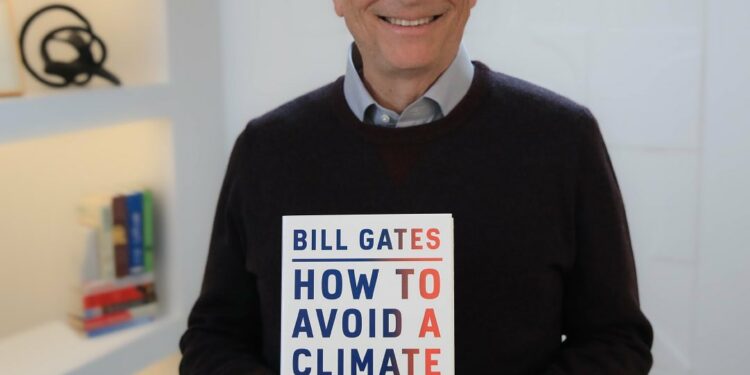Nearly everyone who reads or hears Bill Gates’ name knows him for being the Microsoft’s billionaire owner, entrepreneur and visionary businessman. But the American has a side pointing to sustainability and future energies that few know about.
Gates has a few years leading his own campaign against energies harming the planet. He has dedicated a significant amount of his considerable resources into promoting and encouraging society changes. “In 2060, climate change could be as deadly as COVID-19, and by 2100, five times deadlier,” he said.
The Microsoft founder made clear that in order to reduce carbon footprint on the atmosphere it is not enough to go out less, use combustion cars fewer times, use planes, or any other movement involving fossil fuels, because for him “it is useful but not enough”.

And so began an Impressive Legacy
For Bill Gates to reach this point, he had to travel many roads where he acquired empirical and scientific knowledge, but it all began when he was born on October 28, 1955 (65 years old). He showed great abilities to learn fast and develop things, to the point that, while still a Harvard University student, he created Microsoft from scratch, along with Paul Allen.
Related content: Electromobility’s debt to Stanley Whittingham
One of the most outstanding projects of the American was developing (also with Paul Allen) the famous Windows operating system, used to date by hundreds of companies, universities and individuals worldwide, which significantly contributed to accumulate a fortune as net worth (96.6 billion dollars registered in 2019 according to Forbes).
His specialties are philanthropy, computer science and, of course, business. However, having so much wealth, being a well-known and respected face in the media, is part of Gates’ key reason for jumping into leading the fight for a “green” path, driving sustainability into the future rather than projecting it to be “the way of tomorrow”, it’ s necessary.
“Innovating on how we generate and store clean electricity, cultivate food, make things, get around, and heat and cool our buildings,” is part of Gates’ thinking for constructing tomorrow’s society, so it can function in a sustainable and common way.

Bill Gates’ Green Manifesto
This February, Financial Times unveiled Bill Gates’ Green Manifesto, which outlines multiple ways to develop a sustainable, green and stable structure to reduce the damaging impact of “current practices of doing business in different sectors”.
“Preventing a climate disaster requires a different way of doing business, the courage to take risks that many CEOs are not used to, and investors are not usually willing to reward”.
Greenhouse emissions have to stop by 2050, according to Gates. The businessman, however, is fully aware of all the investment involved to change the current course of the world’ s economy, but, it is necessary in order to have a planet suitable to live on.
Written by | Ronald Ortega












